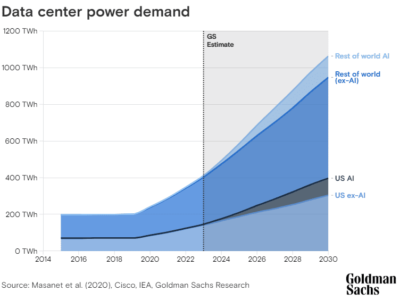
Chip market crash arrives – worse than expected
The global chip market started to contract on an annual basis in Q3 with China and Asia taking the lead, while Europe’s reduced exposure to consumer electronics has kept it growing – for now.
The September sales data provided by the Semiconductor Industry Association, reporting figures compiled by the World Semiconductor Trade Statistics organization, indicates 2023 will be one of the industry’s periodic recessionary years. However, this is likely to be one of the deepest such dips, as the world faces the dual macroeconomic pressures of inflation and recession made worse by an ongoing war in Ukraine.
The SIA said the global chip market in September contracted by 3.0 percent on an annual basis. As monthly figures are based on three-month moving averages September is a proxy for 3Q22. When compared to the second quarter the market fall was 6.3 percent. Normally Q3 is the strongest quarter as companies prepare for consumer sales in Q4 and sequential growth is normally up to about 10 percent.
This 6.3 percent sequential decline is marginally worse than the Q3-over-Q2 estimate given by Malcolm Penn, chief analyst with Future Horizons. In his most bearish estimate for 3Q22 he forecast 6.2 percent decline. The WSTS data has the global chip market worth US$141 billion in the third quarter, just below Penn’s worst case estimate of US$144 billion (see Chip market growth in 2023 will be ‘deeply negative’ says analyst).
“This was just a tad worse than the bear end of our forecast range and places total growth for 2022 at 2 percent at best, vindicating our early-warning prediction and reiterating 2023’s inevitable double-digit year-on-year decline,” Penn said in an email note sent to clients.

Three-month average of chip sales by geographic region for September and August 2022. Source: SIA/WSTS.
The situation is more extreme in some geographic regions.
China’s Q3 chip market was 14.4 percent smaller than it was a year ago and the rest of the Asia-Pacific, excluding Japan, fell by 7.7 percent compared with a year before.
China was once responsible for about one-third of the global chip market and this large market share means its results have major impact on the global position.
Meanwhile, and unusually, Europe has become the fastest growing region in the world at 12.4 percent but this growth is expected to moderate and eventually tip into contraction. The Americas region grew at 11.5 percent compared with a year before.
Only a few months ago the Americas region chip market growth was phenomenally strong at 40 percent. Japan’s market has fallen from 16.1 percent annual growth in June to 5.6 percent in September.
“Following strong growth through the first half of 2022, global semiconductor sales have slowed in recent months, decreasing in September on a year-to-year basis for the first time since January 2020 amid a range of macroeconomic headwinds,” said John Neuffer, CEO of the SIA, in a statement.
Monthly data is given by the SIA as a three-month average although the source of the data, World Semiconductor Trade Statistics, tracks monthly data. The SIA and other regional semiconductor industry bodies opt to use averaged data because it evens out the actual data that typically shows troughs at the beginnings of quarters and peaks at the ends of quarters.
Related links and articles:
News articles:
Global chip market flat in August, decline imminent
Chip market growth in 2023 will be ‘deeply negative’ says analyst
Chip market growth declines as data corrections reflect Asian fall
Fall in global chip market growth accelerates
Going down: Annual chip market growth continued to soften in May
 If you enjoyed this article, you will like the following ones: don't miss them by subscribing to :
eeNews on Google News
If you enjoyed this article, you will like the following ones: don't miss them by subscribing to :
eeNews on Google News




